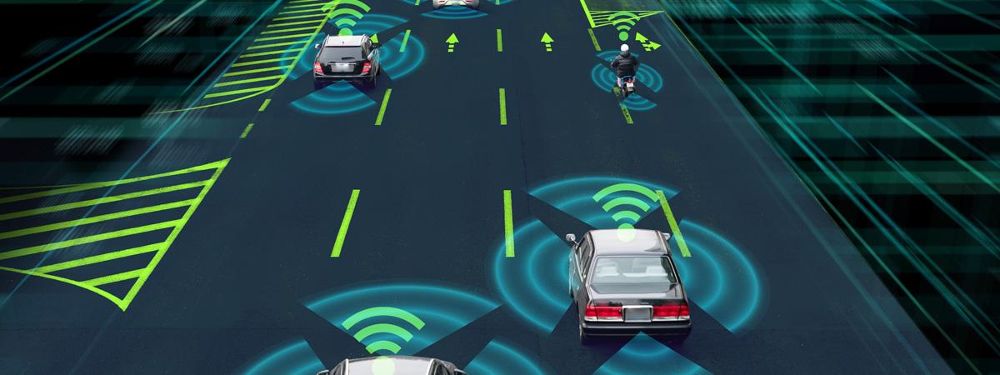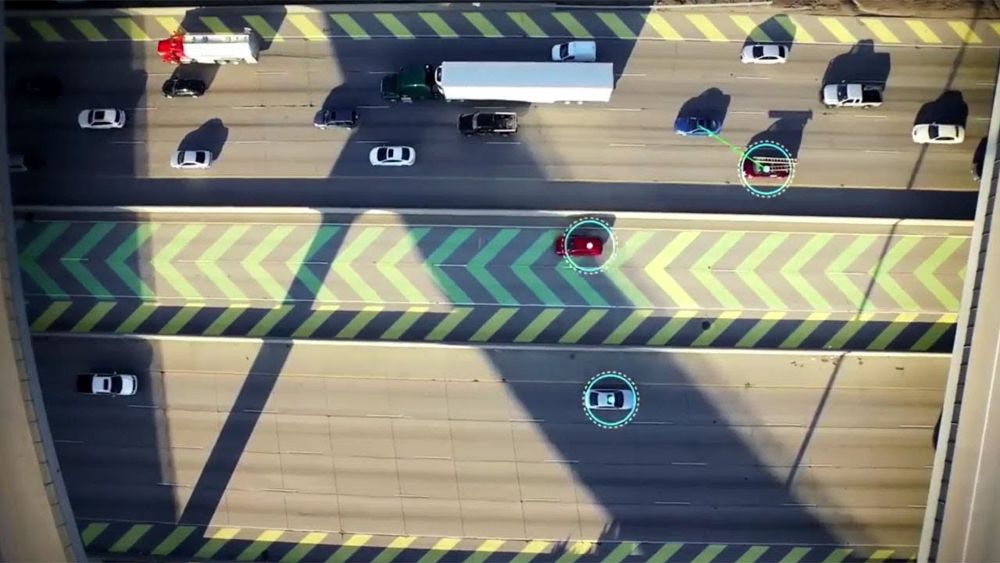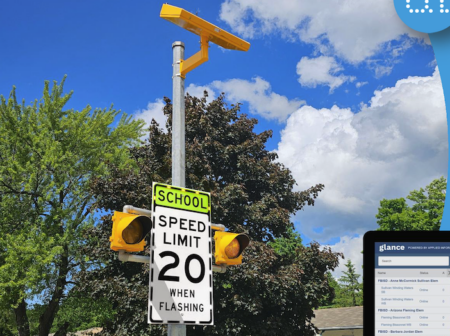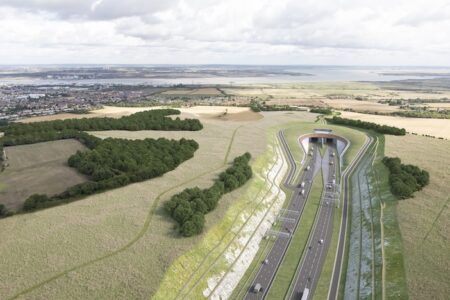Kia has been chosen as OEM partner for the second phase of the collaborative V2X infrastructure development project on The Ray Highway, along Interstate 85 in West Georgia, USA. Kia will be supported by HATCI (Hyundai America Technical Center, Inc.).
Georgia Department of Transportation (GDOT) and The Ray will now expand the use of Panasonic technology to connected vehicle applications, such as freight signal priority and road work zone warnings, to improve transportation safety and enable more efficient driving.
“Our vision at GDOT is to boost Georgia’s competitiveness as a leader in transportation across the nation,” says GDOT commissioner Russell R. McMurry. “The V2X technology only enhances this goal. This project puts citizens’ safety first by utilizing performance-based management, innovation and public-private-philanthropic partnerships to deliver safer, smarter and more efficient infrastructure for Georgians.”
“Georgia’s V2X Connected Interstate offers a great opportunity for the automotive Industry to collaborate with government entities and road operators to research the safety, mobility and environmental benefits of a connected vehicle in a real-world environment,” says John Robb, president of HATCI. “Deployment of prototype on-board units (OBUs), by retrofitting them into our Kia vehicles, enables us to collect data and analyze the benefits of V2X technology for our customers.”

The Ray Highway initiative
The innovative public-private-philanthropic partnership began in 2019 to create and install a digital testing environment focused on critical interstate use cases, such as crash and weather warnings, for stakeholder engagement and education. The first phase of work focused on an 18-mile corridor of rural interstate, known as The Ray Highway. Here they established a connected vehicle ecosystem with six dual-mode and dual-active roadside radios, several cellular V2X (C-V2X) GDOT connected vehicles, and the CIRRUS by Panasonic cloud-based data management platform.
The new project phase not only expands the partnership but nearly triples the project’s breadth by adding seven new radios and 10 additional C-V2X connected vehicles, provided by Kia Georgia. Information delivered from the dual-active radios, called traveler information messages (TIMs), will be delivered and displayed into the vehicles via a heads-up display (HUD) that reduces driver distraction.
“Smart, connected infrastructure on our highways is a game changer for driver safety,” says Harriet Anderson Langford, president and founder of The Ray. “We are on a journey with GDOT to understand the road safety, economic and efficiency opportunities that could be won with this technology. Now, with our collaboration of expertise and Hyundai and Kia’s presence in Georgia/Alabama, we have the potential to scale projects across the Southeast, in cities and on our rural highways.”

“Kia is excited to be the automotive OEM partner for this important V2X development initiative, says Jangsoo (Jason) Shin, president and CEO of Kia Georgia Inc. “The ability to study this technology within a real-world application is valuable as we look to improve roadway efficiency and driver safety. Establishing reliable infrastructure connectivity is also very consistent with our US$25 billion transformation initiative for sustainable mobility, innovative delivery and personal transport solutions.”
According to The National Highway Traffic Administration, 80% of all crashes that do not involve impairment could be averted or eased by the safety applications of V2X technology. Transportation officials, such as State DOTs, can detect and respond to crashes and dangerous driving conditions more quickly and efficiently, while also warning other drivers nearby of upcoming safety concerns or congestion.
“Smart connected infrastructure is the solution to resolve our highway safety concerns,” believes Andrew Heath, chief traffic engineer at GDOT. “By allowing us to respond more quickly to dangerous driving conditions, we can reduce crashes and save lives.”

Powerful data
The CIRRUS by Panasonic data management platform provides GDOT with access to a connected vehicle ‘brain’ that can receive the data shared between connected cars and trucks, such as crash, traffic and weather warnings. It then sends out important and timely information, directly to connected cars and trucks, all within fractions of a second. The dual-mode and dual-active features of the roadside radios make the infrastructure interoperable and able to communicate directly with connected vehicles through either dedicated short range communication (DSRC) and cellular V2X communication protocols.
The partnership team has already begun integrating the V2X technology ecosystem in the Metro Atlanta area with the CIRRUS by Panasonic platform. GDOT will use CIRRUS by Panasonic for managing the 650-plus existing connected signalized intersections to support the installation and ongoing management of 1,000 additional connected intersections.
Since 2017, GDOT has invested in building out the connected vehicle ecosystem in the Metro Atlanta area with a focus on broad applications at signalized intersections. Direct communication between connected cars and connected traffic signals can give all-green lights for emergency responders. This can improve safety for motorists, pedestrians and cyclists when a fire truck or police vehicle needs to navigate congested routes and busy intersections. Connected intersections can give green lights to approaching transit buses and even freight vehicles – when it is safe to push them through – to make bus routes, logistics and delivery more efficient.





